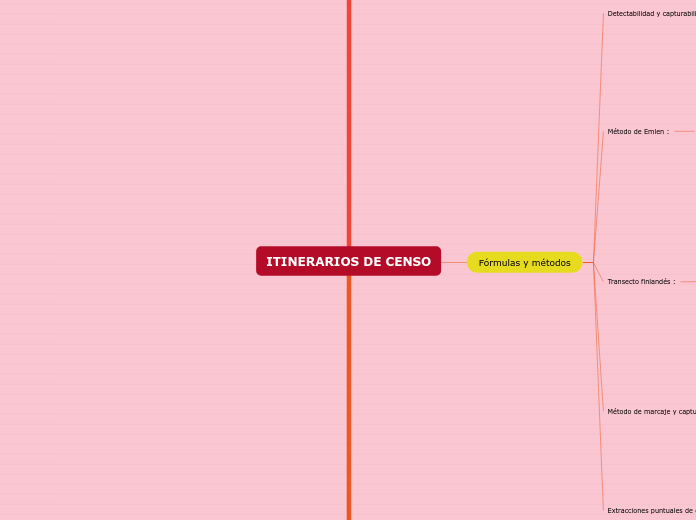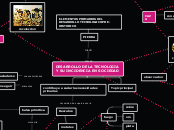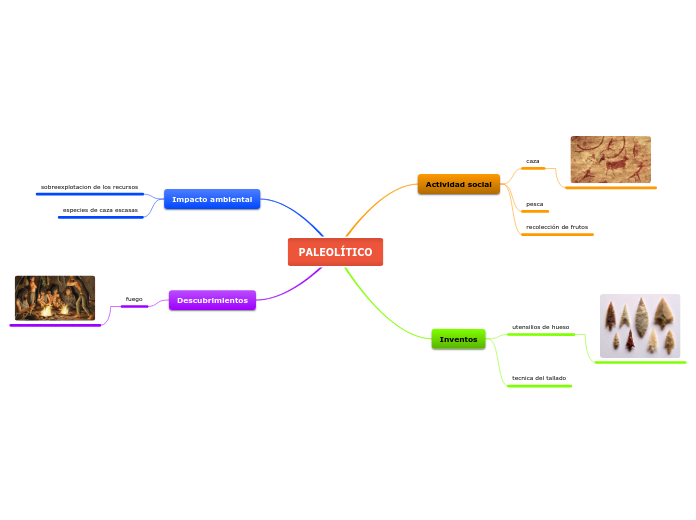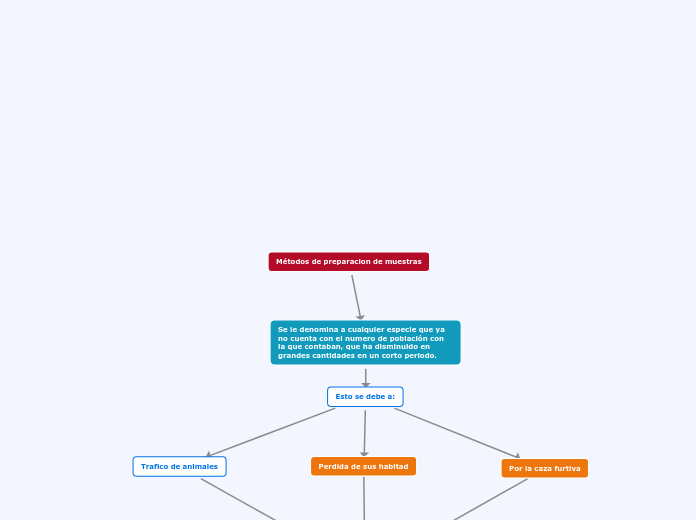ITINERARIOS DE CENSO
To name your story, you have to think about the overall message and what you want your audience to understand from the story. Also, make it relevant and easy to remember.
Distribución espacial y temporal de especies
The ending of a story is essential. We all know that if the ending is weak, what happened before loses its importance. So make it unpredictable, but fair. A resolved ending answers all the questions and ties up any loose threads from the plot.
Distribución :
Imagen 2 : Distribución de poblaciones.
Siendo C, la población distribuida de manera uniforme.
Siendo B, la población de individuos que pueden ser manipulados por nosotros durante el censo.
Siendo A, la población en agregados.
Escala de aproximación de poblaciones censadas :
This is the closure section of the story.
See examples of possible outcomes below:
- all problems have been solved
- it's clear how each one of your characters ends up
- your main character is transformed by the challenge
Escala de actuación adecuada.
Estudio previo de la distribución.
Try answering these questions to come up with a closure:
- Have all the problems been solved?
- Is there a clear picture of what happens with each character in the story?
- Has the challenge transformed your main character?
- How do the characters feel in the end?
Los animales se distribuyen :
This is the moment when the main character surpasses the last obstacle and finally faces their greatest challenge.
The climax usually follows one of these patterns:
- realization
- resolution
- choice
Type in your answer.
De forma desigual en el espacio.
Fórmulas y métodos
The middle of the story is where you add layers of complications that will lead to the end. Reveal more about the character's journey. Did their personality go through changes? How did they overcome the challenges? And as you build up the story’s central conflict, make it more personal to that character. Also, from the middle act, you have to lead into the final act.
Extracciones puntuales de caza :
Método basado en cambios de índices tras una cacería en relación de sexos existentes antes y después de la cacería :
Por último se hallará esta fórmula :
Con los datos obtenidos de la anterior fórmula matemática hallaremos el número de población existente antes de la cacería.
Primero se hallará esta fórmula :
Después se hallarán los machos y las hembras después de la cacería.
Primero se hallarán los machos y las henbras antes de la cacería.
Método de marcaje y captura :
Captura de animales vivos con trampas, se marcan, se sueltan y pasado un tiempo se realizarán nuevas capturas :
Se hallará esta fórmula :
m = número de ejemplares que tienen marca en la recaptura.
n = número de ejemplares capturados tras la suelta de ejemplares marcados.
M = número de ejemplares capturados y marcados inicialmente.
N = número de ejemplares.
Transecto finlandés :
There wouldn't be any tension and excitement in your story if there weren't any obstacles in your character's way.
Realización de un itinerario con una banda a cada lado de la línea de avance más estrecha :
A story is nothing more than a character overcoming a series of difficulties to reach the desired goal. Obstacles usually create suspense and conflict. In overcoming obstacles, there is growth: weak becomes strong; hatred turns into love; sadness into happiness; wrong into right; lies into truth; or evil becomes good.
See a few examples below:
- stopping a meteor
- finding a killer
- finding love
Para terminar obtendremos la densidad media :
L = longitud del itinerario recorrido.
N = número de ejemplares avistados.
D = densidad de ejemplares avistados.
Posteriormente hallaremos la constante K :
Primero se halla esta fórmula :
P = ejemplares dentro de la banda total de ejemplares avistados.
Método de Emlen :
Your character(s) need(s) motivation in order to solve the challenge(s).
Realización de itinerarios en banda :
Secondary characters might also have motives that lead them to cross paths with the main character or which might trigger them to help the main character.
A mayor distancia menor detectabilidad :
Una vez realizada la fórmula anterior podremos hallar la densidad media :
C = coeficiente de detectabilidad.
L = longitud del itinerario.
W = anchura total de las bandas.
Coeficiente de detectabilidad :
c = número de ejemplares en banda 1.
b = número de bandas.
n = individuos avistados en la banda.
Detectabilidad y capturabilidad :
Each story has a main character and that character usually needs to solve a problem or challenge. The character's challenge is the one that creates tension throughout the story.
Se procede al recuento, poca accesibilidad para detectar vertebrados :
Type in any other challenges which other characters in the story need to face.
I = K.Ni, donde K=f(a,b,c,d ...)
d = esfuerzo aplicado en la búsqueda.
c = condiciones del medio.
b = comportamiento de la especie.
a = eficacia del observador.
N = número de animales existentes.
K = detectabilidad o capturabilidad de la población.
Muestreos
In the beginning of the story (or the exposition), you will need to introduce the setting and characters. You might also want to introduce the main conflict. This part of the story is important because it gives the reader necessary background information and maybe even a first insight into a character’s personality.
Imagen 1 : muestreos.
The setting (time & place) of a story can change throughout the plot.
Figura B : sectores con mayor número de individuos.
Figura A : área con dos tipos de hábitat.
Muestreo estratificado :
The time of the story can also change. It can describe the event of a single day or can include an entire year's plot. Anyway, don't forget to mention it.
Así se combate la variabilidad de la distribución de animales según habitat.
Figura D se escogen solo los sectores donde sabemos que hay individuos.
Muestreo no estratificado :
Your story can take place wherever your imagination will take you to.
For example: in an elevator, in an enchanted forest, etc. Don't forget to give details of the environment each time the setting changes, otherwise, the story can be confusing. Also, mention the seasons as each of them has unique weather and events.
Es el muestreo menos utilizado.
Figura C : se escogen los sectores, haya muchos individuos, pocos, o ninguno.










